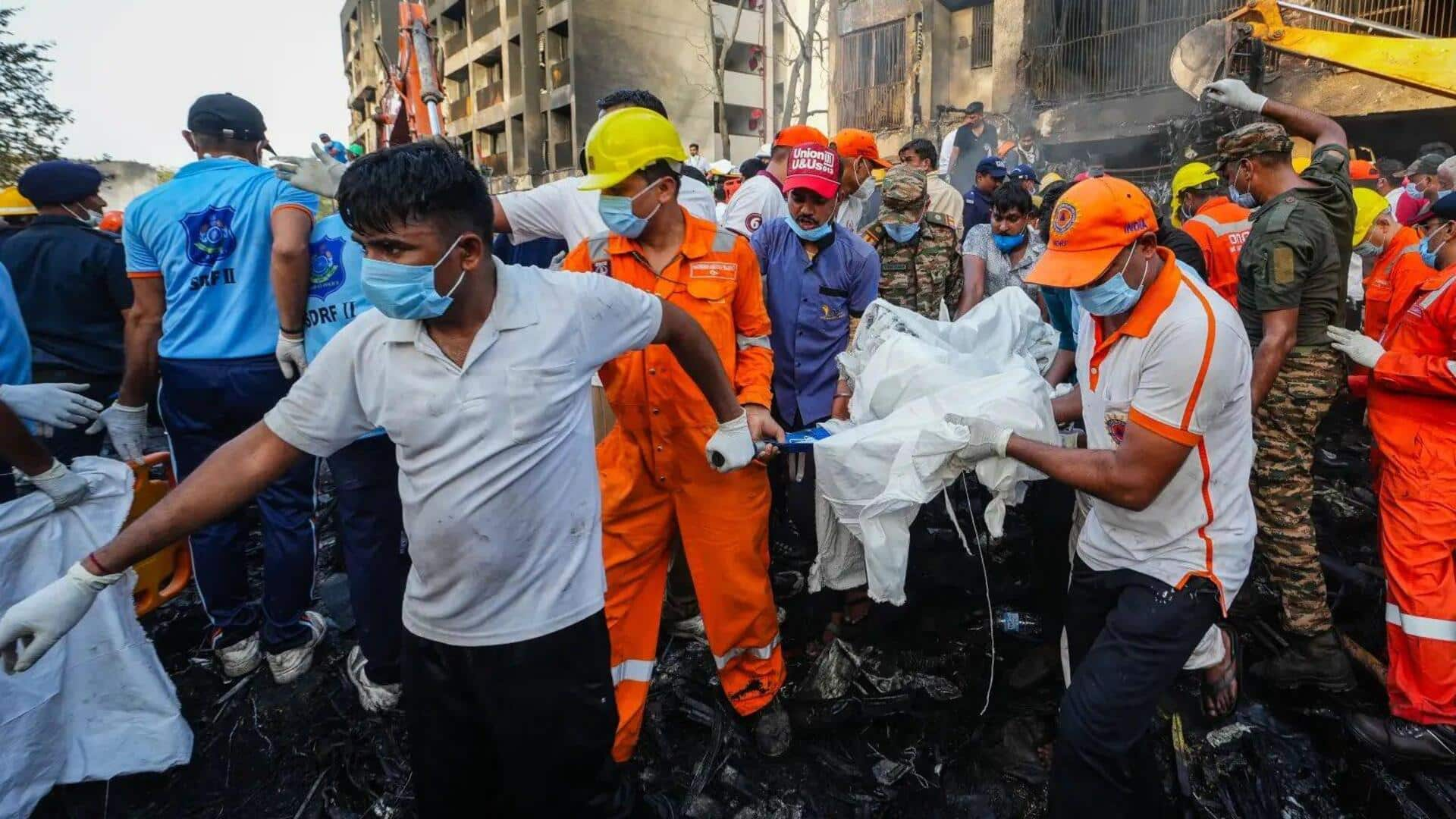
Forensics struggling to identify Air India crash victims under 6
What's the story
The tragic crash of Air India's AI-171 flight has left a major forensic challenge in identifying the bodies of minor victims. The Boeing 787 Dreamliner, which was headed to London from Ahmedabad, crashed shortly after takeoff, resulting in over 30 fatalities on the ground and leaving only one survivor from the plane. The AI-171 flight was carrying 13 children under the age of 12, according to an Indian Express report. This included three children who had not yet turned two.
Identification difficulties
Challenges in identifying minor victims
Speaking to IE, Dr. Jayasankar Pillai, a forensic odontologist at Government Dental College in Gujarat, explained the complexities of identifying minor victims through DNA technology. He said, "In children, the body mass is less and so the tissue damage and exposure of long bones to heat is more." Teeth are more resilient to heat than other body parts.
Identification process
How is the identification done?
Dr. Pillai said they extract DNA from molars in children since front teeth are damaged by heat in fire accidents. He added, "Dental DNA is the fastest way to identify (the dead). It speeds up the matching process." But the biggest challenge is for the children who have not yet turned six. "In children aged less than six, we can't get a permanent molar...They mostly have milk teeth, and sometimes even those are destroyed as the arch is very small."
Expert
Pillai and his team are working almost nonstop
"So we make an incision in the jaw and try to get the permanent molar developing inside," Pillai added. Teeth and bones, which are harder than other parts of the body, are the only DNA sources that can be found in degraded or broken human remains. Pillai and his team are working almost nonstop to get DNA from the victims' teeth so that relatives can claim the bodies of their loved ones as soon as possible
Ongoing search
The family is still waiting for answers
Among the dead were three members of the Nanabawa family—Akeel (36), his wife Hannaa Vorajee (31), and their four-year-old daughter Sara. The Nanabawa family received Akeel and Hannaa's bodies a day before Sara's remains were identified. Abdulla, Akeel's father, recalled their short trip to Ahmedabad before the tragedy. In Vadodara, Asif Shethwala mourned his granddaughter Fatima, whose remains were identified Wednesday, while her mother, Sadiqa, is still missing.
Expert insights
DNA can survive thousands of years
Dr. Keshav Kumar, a former IPS officer and forensic expert, said DNA can survive thousands of years, and more traces may be found at the wreckage site. A senior Gujarat Police officer confirmed multiple samples were collected from the crash site for DNA sampling. As of Thursday, 211 victims have been identified through DNA matching, and 189 bodies have been handed over to families.